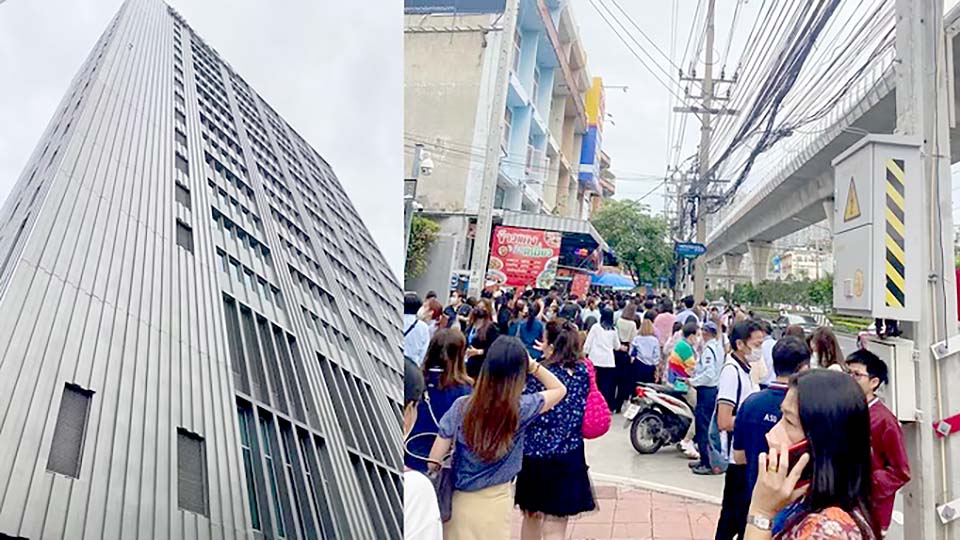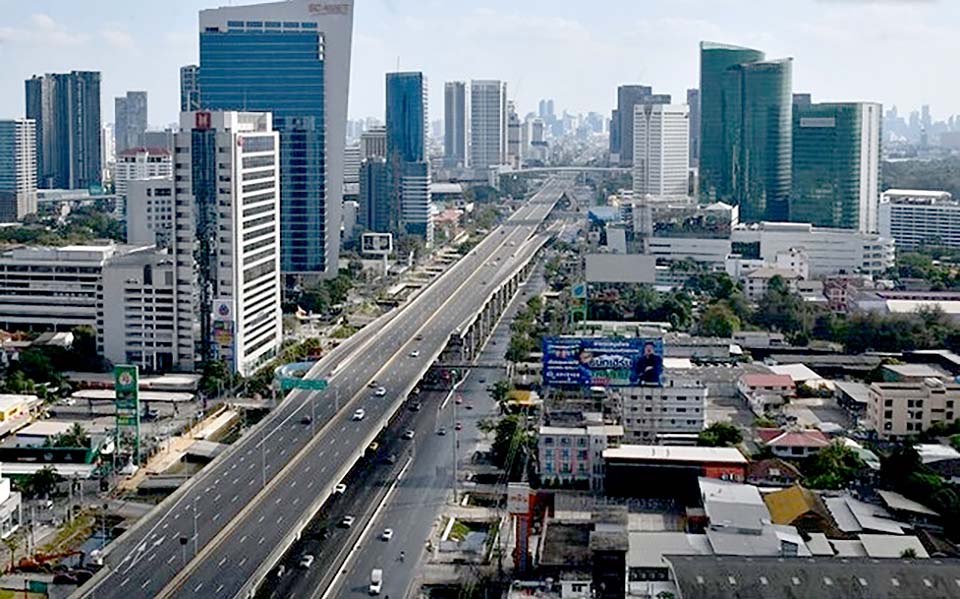
According to the Department of Mineral Resources (DMR), the recent 6.0 magnitude earthquake in Myanmar, caused by tectonic shifts along Myanmar’s Sagaing fault, may presage a 7.5 magnitude quake within the next 5-10 years.
DMR Director-General Oranuch Lopensri explained that the Sagaing fault in Myanmar moves at a rate of approximately 2 centimeters per year. Given its power, another 7.5 magnitude earthquake could occur within the next 5-10 years. Previously, a quake of 7.3 magnitude in 1930 caused over 500 fatalities in Myanmar.
In the areas of Bangkok, Nonthaburi, and Pathum Thani, especially in tall buildings, the tremors from the June 19 quake were felt despite the epicenter being nearly 500 kilometers away. This is because Bangkok is situated on soft clay soil, which can amplify seismic waves by a factor of three to four. Fault lines in Thailand stretch from the north and the west to the south for a total of 26 lines.
Thanit Jaisaad, an engineering expert, said most of the general and high-rise buildings in Bangkok, which were built after 2007, have been constructed according to sound engineering principles and are earthquake-resistant. However, older buildings built before 1997 may not be earthquake-resistant, and owners of such buildings can apply to reinforce their structures to better withstand quakes.
In the event of a major quake, members of the public are advised to take cover under tables and avoid being near furniture that could fall or collapse, such as lamps or shelves. Experts say evacuations are also unnecessary, and people should instead wait for the shaking to stop before moving to safety. (NNT)







